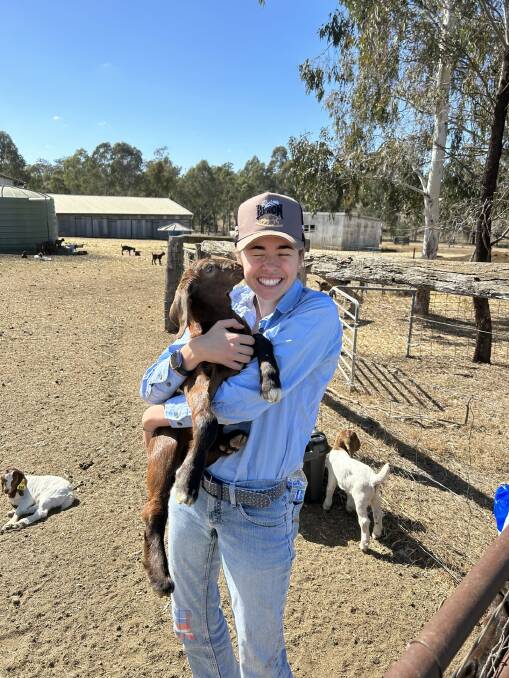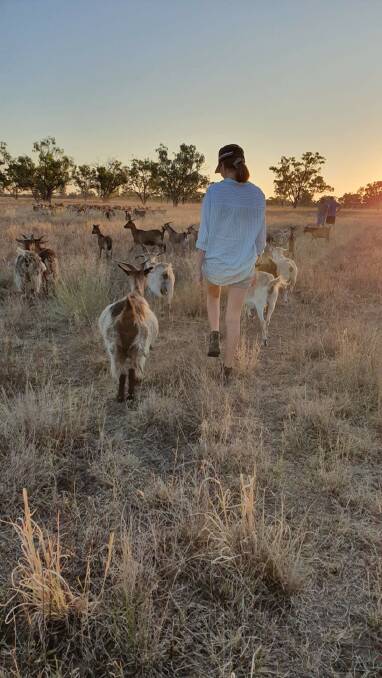
Producers that have lost thousands of dollars worth of goats thanks to enormous worm burdens will be among those relieved to hear of research being done into what parasites are present in key goat production regions and how well drenches are working.
University of Queensland PhD candidate Kathryn Dawson is uncovering just how little knowledge there is, along with specific products, for meat goats, thanks largely to the rapid increase in numbers and breeders.
Needing to build a full picture, she has approached QGoat for assistance in contacting people breeding and running goats outside Queensland's south east corner, who might be interested in sending faecal samples to her lab, in return for a comprehensive list of egg counts.
"It really helps the producer - we can provide results within days, which is an immediate benefit for them to take to their vet," she said.
Ms Dawson took an interest in animal parasitology at university, and decided to look into the situation for goats after brainstorming ideas with her supervisor.
"We did some digging around and found such a lack of research on goats," she said.
"The timing was perfect. It's very hard to do parasite research in a drought.
"The years 2021-22 and the start of 2023 were back to back La Ninas and parasites loved it.
"Timed with high prices, a lot of people went into the industry without background knowledge."
Anecdotally, Ms Dawson has heard of people losing hundreds of goats, thanks to excessive worm burdens.
Faecal egg counts showed up to 20,000 eggs per gram in some animals, where, in sheep, counts of 1500 eggs per gram will start resulting in production losses.
"Even now in western Queensland, where it's dried off, egg counts are still in the 3000-4000 range," she said.
Ms Dawson, who is supported by an MLA Goat Industry Capacity Building scholarship, is also finding drench resistance, even among rangeland goats, which is another of the moving parts of her research.
She said very few products were registered for goats, even though they metabolise drenches differently and needed to be dosed differently.
"I'm hoping to help people be on the front foot in the future," she said. "I hope chemical companies will look at the results, and that it will generate more discussion with them."

Ms Dawson is working towards creating a Queensland distribution map of types of intestinal parasites in goats as a part of her thesis, which she says will provide information on how their distribution has changed, and would love to add knowledge of the situation in central and western Queensland.
"I'm open to egg counts from anywhere, looking specifically at meat breeds - Boers and rangeland goats, from flocks greater than 25 goats," she said.
Her email is k.dawson@uqconnect.edu.au


